Our Paintless Dent Repair (PDR) service removes dents, dings, and hail damage without affecting your vehicle’s original paint. It’s fast, cost-effective, and eco-friendly—ideal for restoring your car’s look while preserving its factory finish.

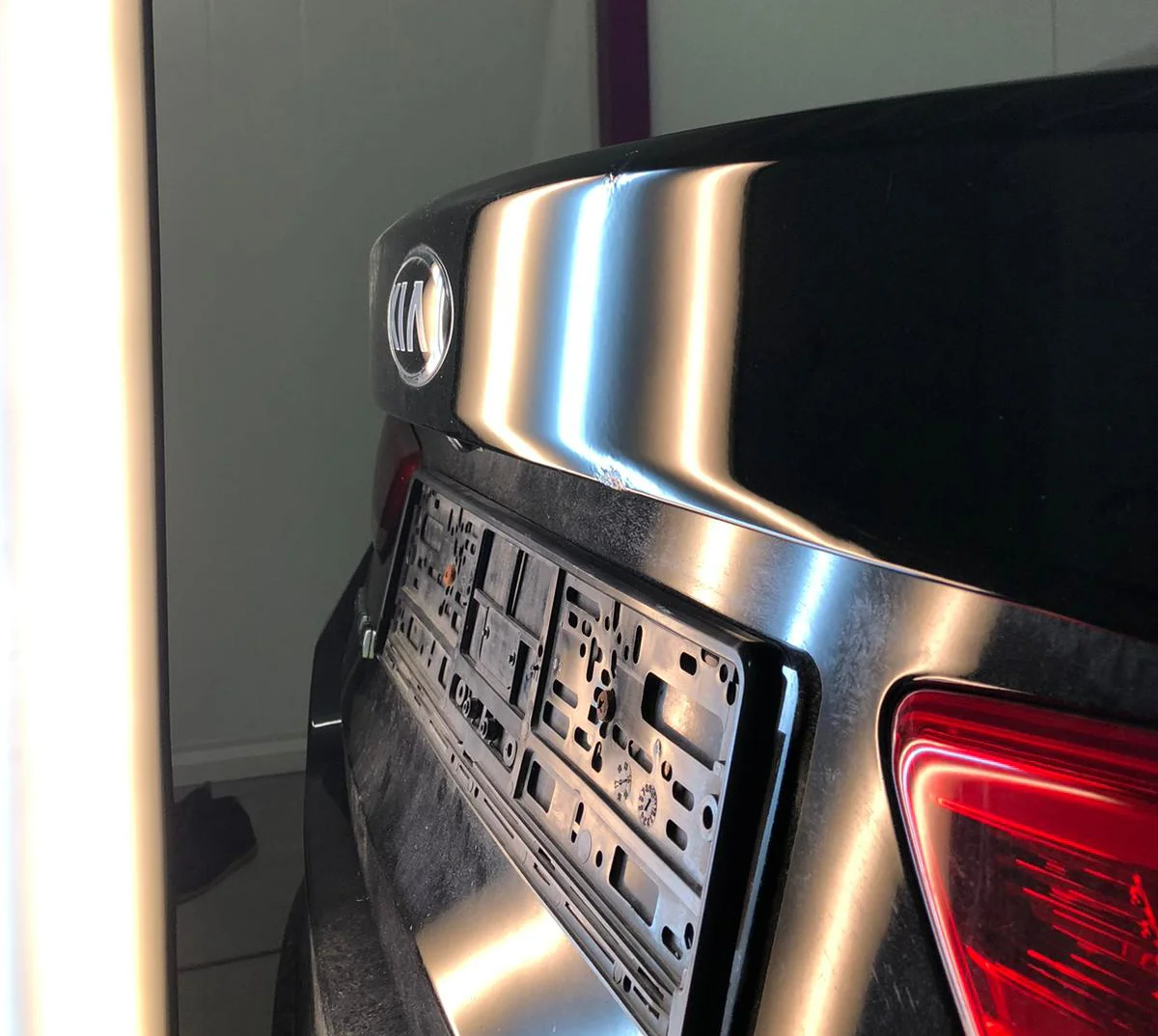
We fix dents without repainting, keeping your factory finish perfectly intact and flawless.
PDR is quicker and more affordable than traditional body shop repair methods.
Our skilled technicians use advanced tools to restore panels with accuracy and care.
Choose PDR for its cost-effectiveness, speed, and ability to preserve your vehicle’s original factory paint. It’s an eco-friendly solution that maintains your car’s value without invasive repairs.
No repainting needed, maintaining your car's value.
Often more affordable than traditional bodywork.
Repairs are typically completed much faster (often within hours).
Minor PDR repairs typically aren't reported to CarFax.
Perfect for door dings, hail damage, and small creases.
See the remarkable transformations! Our gallery showcases the dramatic results of expert PDR, restoring vehicles to their pristine condition. Witness the difference for yourself.
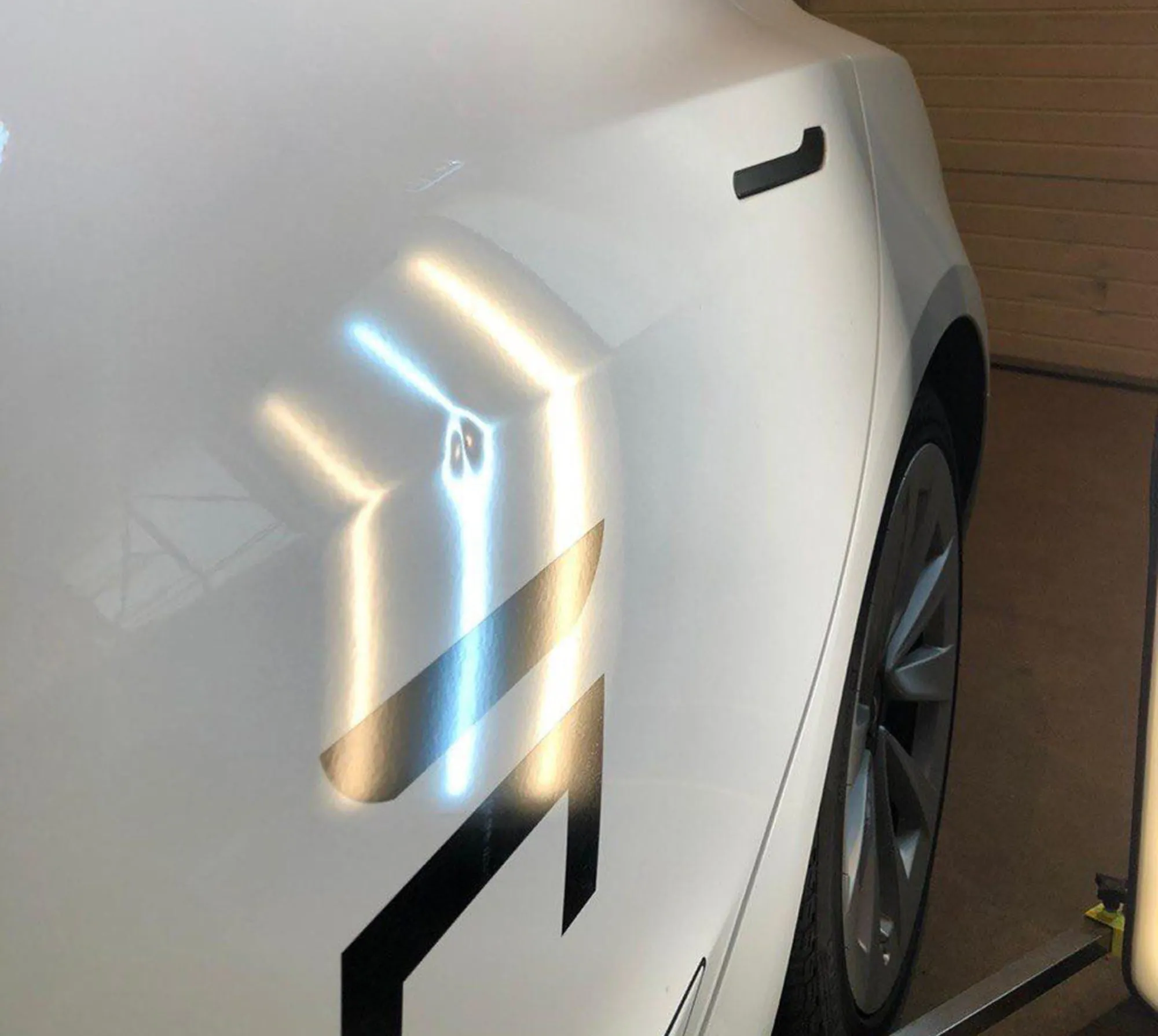
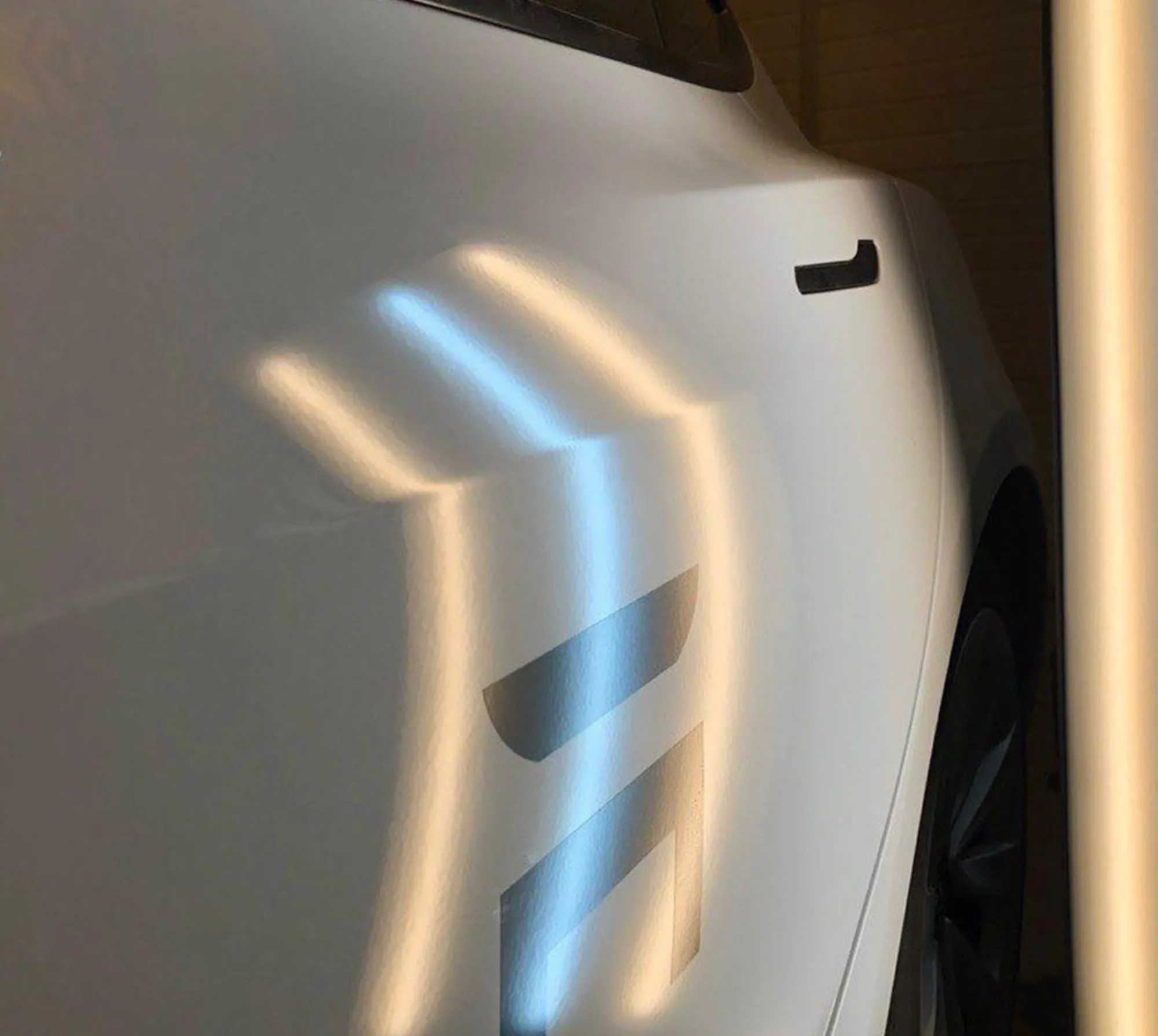
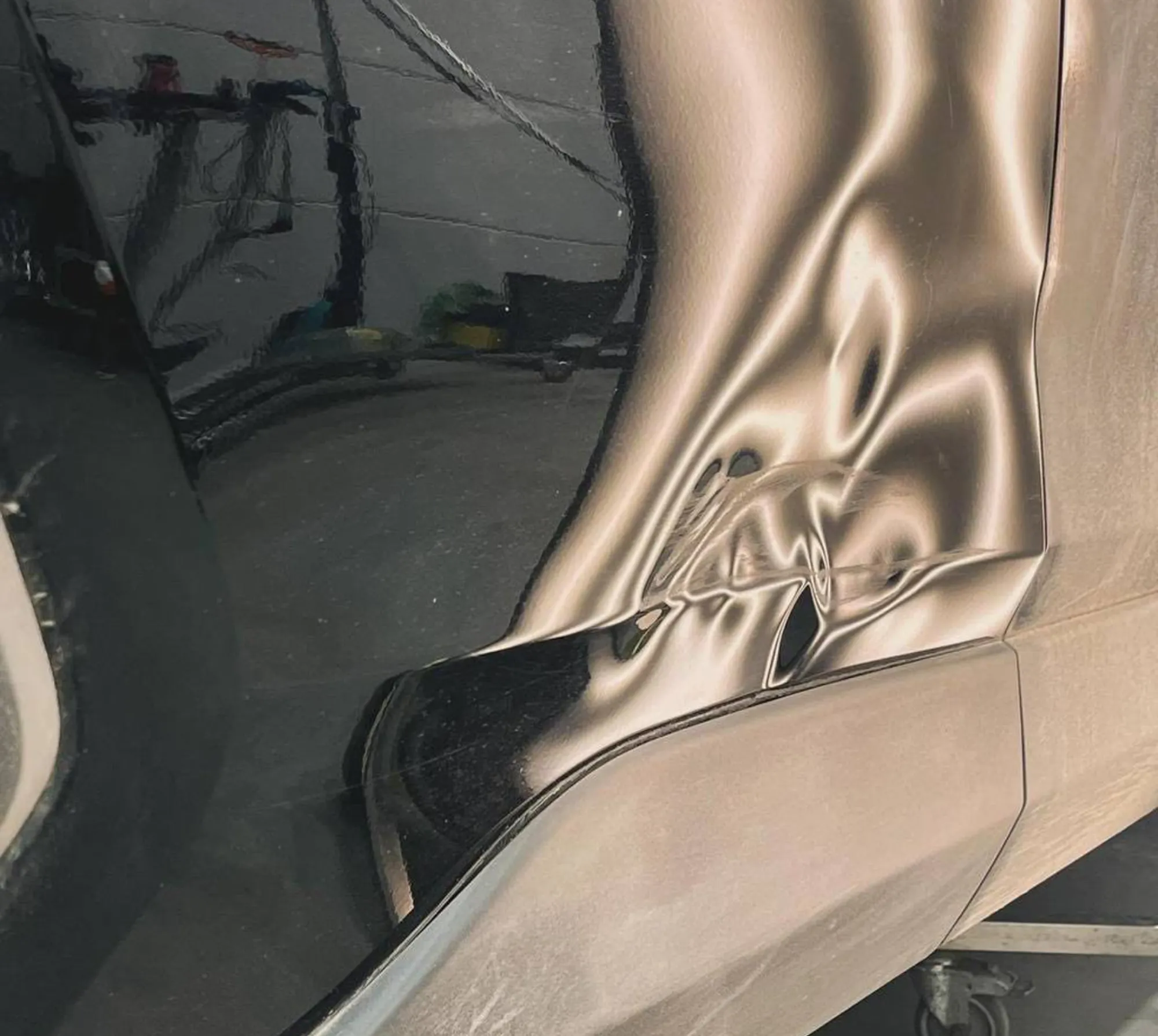
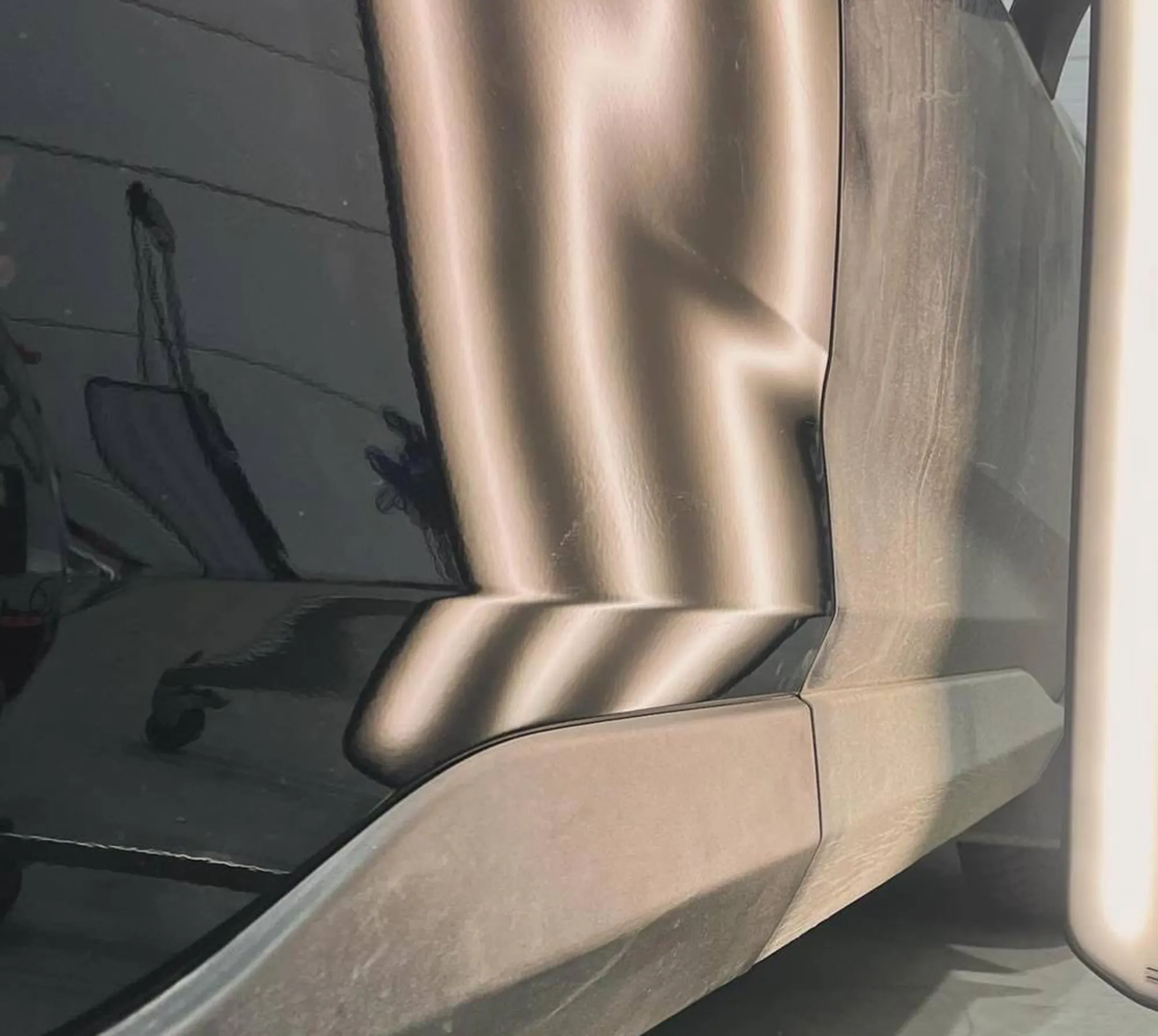

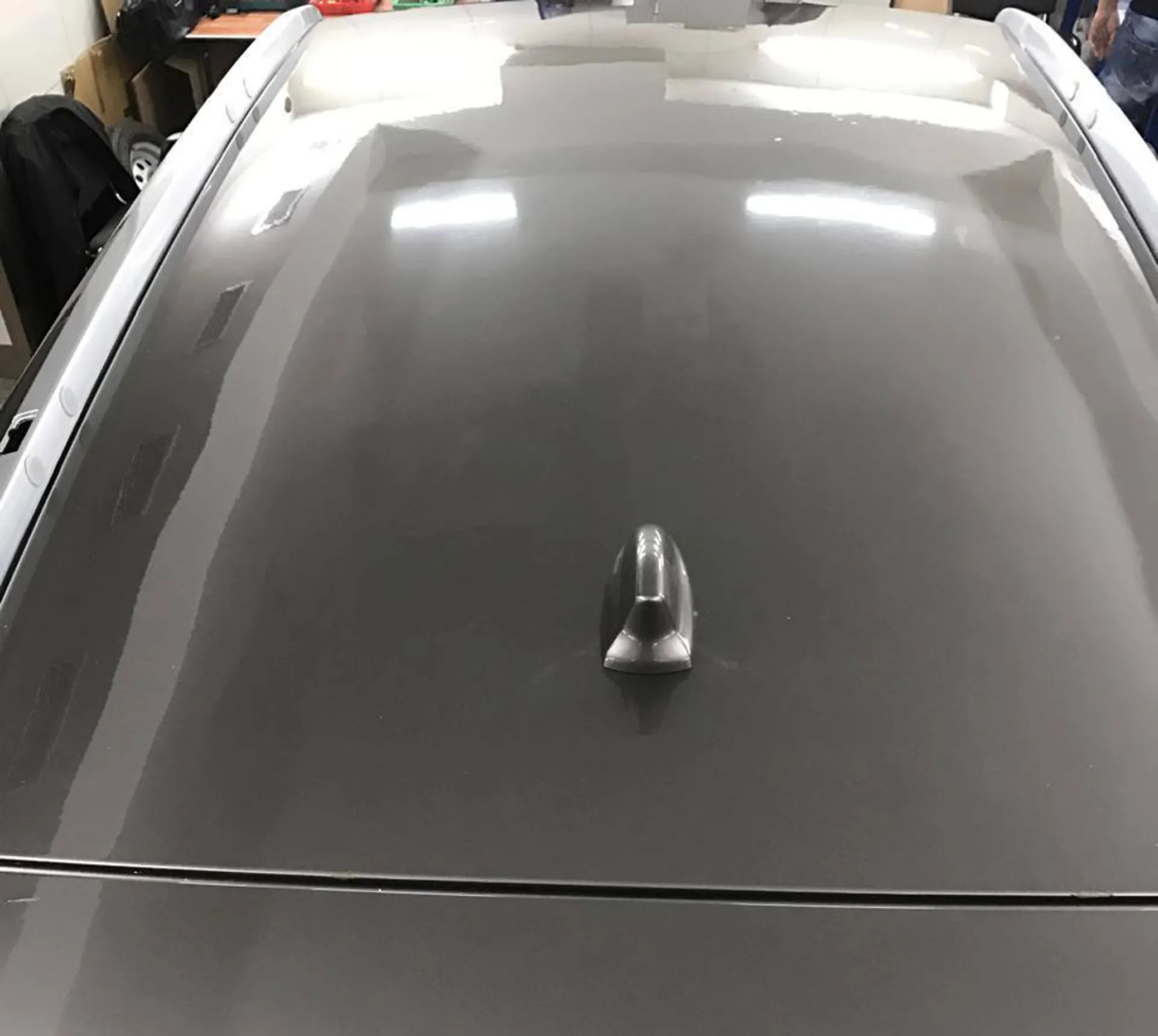
Our straightforward PDR process ensures quality results. We assess, expertly repair using specialized tools, and meticulously inspect for your complete satisfaction.
We meticulously inspect your vehicle's dents, providing a precise, transparent estimate.
Our certified technicians skillfully remove dents, preserving your car's original paint finish.
We ensure flawless results and your complete satisfaction before you drive away.
Find answers to frequently asked questions about PDR here. Learn about eligibility, repair time, insurance, and the benefits of this innovative dent removal method.
PDR is optimally suited for dents where the original paint finish is intact and not cracked, chipped, or scratched. This primarily includes hail damage, door dings, minor creases, and small bodyline dents. The key determinant is access to the back of the panel and the paint's elasticity. Limitations arise when the paint is damaged, the metal is severely stretched or creased (especially on sharp body lines), the dent is very large (e.g., exceeding the size of a football), or access to the dent's underside is completely obstructed by structural components. Severely stretched metal or sharp, deep creases often indicate that traditional bodywork with painting may be required, as PDR aims to return the metal to its original contour without disturbing the factory finish.
PDR technicians utilize a meticulous process of leverage and precise pressure application. They access the dent from behind the panel (via window openings, fender liners, or by carefully removing interior trim) and use specialized steel rods and picks, often with various tip configurations, to gently push, tap, and manipulate the metal. The unique design of these tools allows for very controlled pressure application on specific points of the dent's underside. Additionally, PDR often involves the use of "glue pulling" techniques for areas with limited back-side access, where specialized glue and tabs are applied to the dent's exterior and then pulled, followed by careful tapping down to refine the repair. The paint's inherent flexibility allows it to stretch and contract with the metal's movement when performed correctly.
Yes, PDR can be successfully performed on aluminum panels, but it requires a higher level of skill and often more time. Aluminum is a "memory-less" metal, meaning it doesn't have the same elastic properties as steel. When dented, aluminum tends to stretch more easily and holds its deformed shape more stubbornly. This requires a more delicate and precise technique, often with lighter and more numerous pushes to gradually work the metal back into its original form without overstretching or creating high spots. Specialized aluminum-specific PDR tools and sometimes specialized heat applications (applied externally and cautiously) might be used to increase the aluminum's malleability during the repair process.
Temperature significantly impacts the elasticity of both the vehicle's paint and the metal. Ideal PDR conditions are typically between 60°F and 80°F (15°C to 27°C). In colder temperatures, paint becomes more brittle and prone to cracking, making it riskier to perform PDR. Conversely, extremely hot temperatures can make the paint too soft, potentially leading to smudging or marks if tools contact the exterior surface. Professional PDR facilities often maintain climate-controlled environments to ensure optimal conditions for paint flexibility and metal manipulation, minimizing the risk of paint damage and ensuring a high-quality, durable repair.
Glue pulling is a PDR technique primarily used when a technician cannot gain adequate access to the backside of a dent. This method involves applying specialized hot glue to various-sized plastic or nylon "tabs" that are then firmly attached to the exterior of the dent. Once the glue cools and bonds, a specialized pulling tool (like a mini-lifter, slide hammer, or hand-puller) is used to carefully pull the tab, gently pulling the metal outwards. After pulling, the technician will use a "knockdown" tool and a plastic hammer to meticulously tap down any high spots or slight crowning that may occur around the pulled area, gradually refining the dent until it's flush. It's often used in conjunction with traditional pushing for a complete repair.
The use of light reflection is absolutely critical in PDR, serving as the technician's primary visual guide. PDR technicians use specialized "PDR lights" or "reflector boards" (often with lines or patterns) that create a distinct reflection on the vehicle's surface. By observing the distortion in these reflections, the technician can precisely identify the high and low points within the dent. As they push from behind, the lines in the reflection will straighten, indicating the metal returning to its original contour. This real-time feedback allows for micro-adjustments and ensures the repair is smooth and imperceptible from any angle, far beyond what the naked eye could discern without such illumination.
One of the most significant advantages of PDR is that it does not compromise the vehicle's structural integrity or original factory finish. Unlike traditional bodywork that involves grinding, filling, and repainting, PDR works with the existing metal and paint. Since no paint is removed or applied, the original factory clear coat, base coat, primer, and electroplated corrosion protection layers remain fully intact. This ensures that the vehicle's long-term rust and corrosion resistance is unaffected, and its factory warranty on the paint remains valid. PDR essentially "resets" the metal to its pre-damaged state without introducing any foreign materials or disrupting the manufacturer's original protective processes.
